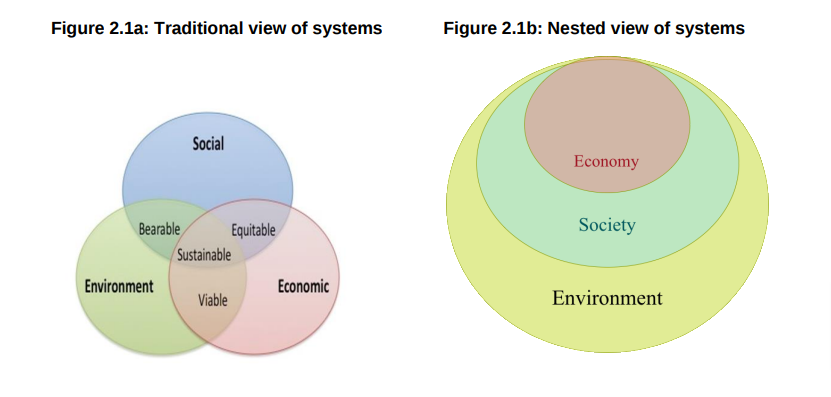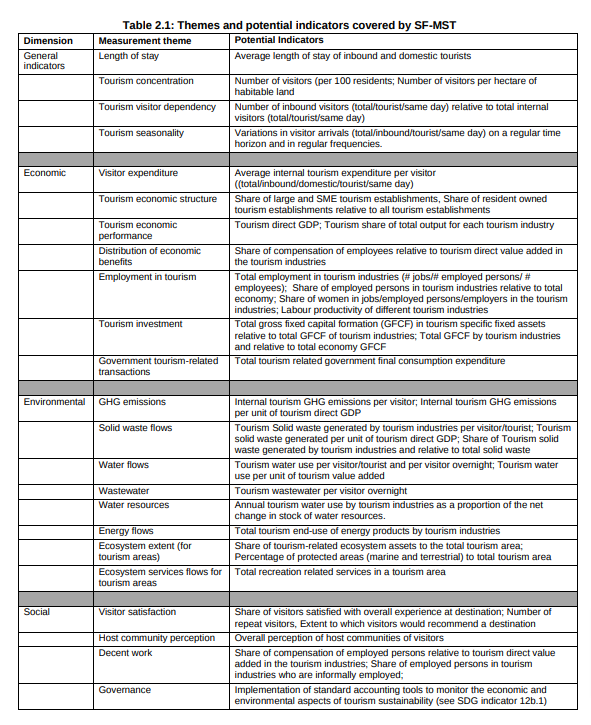The United Nations has embraced a new global standard to measure the sustainability of tourism worldwide. This framework has garnered unanimous approval from all 193 UN member states, signifying a significant step towards harmonizing methodologies for assessing the economic, social, and environmental dimensions of sustainability in tourism.

Officially dubbed the Statistical Framework for Measuring the Sustainability of Tourism (MST), this initiative of the UN marks a paradigm shift, going beyond GDP by enabling the measurement of what matters most to people and the planet.

The MST marks a significant departure, affirming the evolving priorities and challenges facing the global tourism industry. In addition to economic indicators, there are general, environmental and social indicators that need to be taken into consideration to ensure a more resilient and responsible tourism sector for generations to come.
The general indicators are:
- Length of stay: Average length of stay of inbound and domestic tourists
- Tourism concentration: Number of visitors (per 100 residents; Number of visitors per hectare of habitable land)
- Tourism visitor dependency: Number of inbound visitors (total/tourist/same day) relative to total internal visitors (total/tourist/same day)
- Tourism seasonality: Variations in visitor arrivals (total/inbound/tourist/same day) on a regular time horizon and in regular frequencies
The environmental indicators are:
- Environmental GHG emissions: Internal tourism GHG emissions per visitor; Internal tourism GHG emissions per unit of tourism direct GDP
- Solid waste flows: Tourism Solid waste generated by tourism industries per visitor/tourist; Tourism solid waste generated per unit of tourism direct GDP; Share of Tourism solid waste generated by tourism industries and relative to total solid waste
- Water flows: Tourism water use per visitor/tourist and per visitor overnight; Tourism water use per unit of tourism value added
- Wastewater: Tourism wastewater per visitor overnight
- Water resources: Annual tourism water use by tourism industries as a proportion of the net change in stock of water resources.
- Energy flows: Total tourism end-use of energy products by tourism industries
- Ecosystem extent (for tourism areas): Share of tourism-related ecosystem assets to the total tourism area; Percentage of protected areas (marine and terrestrial) to total tourism area
- Ecosystem services flows for tourism areas: Total recreation related services in a tourism area
The socials indicators are:
- Social Visitor satisfaction: Share of visitors satisfied with overall experience at destination; Number of repeat visitors, Extent to which visitors would recommend a destination
- Host community perception Overall perception of host communities of visitors
- Decent work Share of compensation of employed persons relative to tourism direct value added in the tourism industries; Share of employed persons in tourism industries who are informally employed;
- Governance Implementation of standard accounting tools to monitor the economic and environmental aspects of tourism sustainability.
In essence, the adoption of the Statistical Framework for Measuring the Sustainability of Tourism marks a significant stride towards a more comprehensive understanding of tourism’s impact on society and the environment.
For more information, read the official document “Statistical Framework for Measuring the Sustainability of Tourism (SF-MST)”, prepared by the World Tourism Organization




